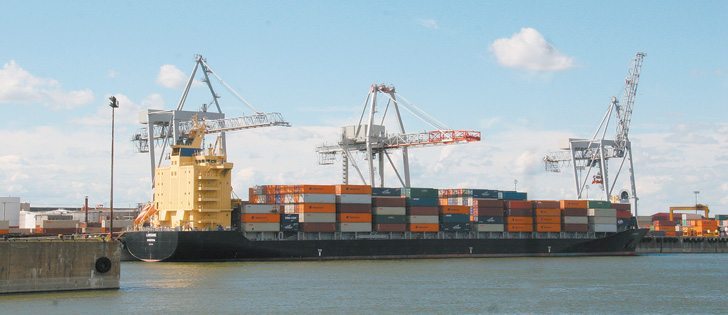Last week, an auction company in the United States announced that a 97-acre tract of Michigan farmland sold for $8,865 per acre.
The bidding was intense. Even when it reached $7,000 per acre, there were several bidders still competing, said the company.
Keep in mind that this was actual farmland, not an area intended to increase urban sprawl. The buyer intends to farm it, and plans to add irrigation.
This is not even a Midwest record. In 2011, farmland prices rose 22 percent in Wisconsin, Illinois, Indiana, Iowa and Michigan, according to the Federal Reserve Bank of Chicago. News reports say prime land in Wisconsin recently sold for $12,000 an acre, and while you may think that’s incredible, it’s common for land there to sell for $5,000 to $10,000.
Read Also

Invigor Gold variety viewed as threat to condiment mustard
Invigor Gold, the canola-quality mustard developed by BASF, is on a collision course with Canada’s condiment mustard industry. It’s difficult to see how the two can co-exist.
At those prices, U.S. farmers better hope commodity prices stay high and interest rates low. Fortunately, farmers are taking on less debt than they have in the past, but if you finance at these prices, things could get ugly pretty quickly with a commodity downturn, interest rate hike or bad weather.
Western Canadian farmland, luckily, is not pulling $10,000 an acre, but prices are rising. Farm Credit Canada’s recent farmland values report, which covers July 1 to Dec. 31, 2011, showed land in Alberta rising 4.5 percent, Manitoba 1.9 percent and Saskatchewan a whopping 10.1 percent.
This is not really new. Farmland has been increasing in value for a decade, and prices in many places have tripled since 2007.
While Manitoba and Alberta land values were up in 2011, their markets were more stable than Saskatchewan’s. FCC’s commentary notes that Saskatchewan’s results seem to be mirroring what’s happening in the U.S., driven by good conditions, low interest rates and oil and gas land availability.
Talk is rising about bubbles, but this is not a bubble yet, at least not in Western Canada. There may be problem areas, but farmland here is still cheap by global standards, and reasonably affordable.
The U.S. farmland boom, however, not unlike the housing boom, should be reason for concern. Financing $10,000 per acre may be viable today, but prices and interest rates could be dramatically different five or 10 years from now. That could easily have negative spill-over effects for Canadian farmers, not to mention the global economy — again.
















